
Dogs
Schnauzer + Poodle = Schnoodle! The Schnoodle is a mixed breed dog, also referred to as a hybrid or designer breed, derived from the Schnauzer and the Poodle. Because it is not a pure bred dog, the Schnoodle is not recognized by the AKC.
The full history of the Schnauzer is not clear; however, it has been depicted in paintings from as early as 1492. Germany, the country of origin, derived "Schnauzer" from the German word for mustache because of the breed's distinctive facial hair. This breed once made itself useful in the marketplace, as a guard dog and rodent chaser. Today the Schnauzer is popular in the show ring and in the home.
The Poodle, a water retriever who possibly originated in Germany around the 13th century, is famous for carrying supplies and messages during World War II and performing in circuses and French dog playhouses. Today the Poodle is a very popular family pet who also does well in the show- ring and as an assistance dog. He also has talents in obedience and trick performance.
The sweet-faced Schnoodle has a very loveable look, like that of a child's toy stuffed animal. The Schnoodle's coat can take on the characteristics of either or both of the parenting breeds. The hair can be soft like the Poodles, coarse like the Schnauzer's, or something in between. The Schnoodle's coat color can be black, white, grey, apricot, brown, or multi-colored.
Size of the Schnoodle is highly variable because any varieties of the parenting breeds can be bred. The Schnauzer includes the miniature (AKC's terrier group), standard, and giant (AKC's working group); the Poodle includes the toy (AKC's toy group), miniature, and standard (AKC's non-sporting group). Therefore, the height of the Schnoodle can range from 10 inches at the shoulders to 20 inches, and the weight can range from about 8 to 75 pounds.
The Schnoodle's ears are generally short to medium length and rather bouncy when they walk. The tail can be left natural, or docked as it is in the parenting breeds.
If acquiring the best traits of the Poodle and the Schnauzer, the Schnoodle is very intelligent and devoted to the owner, making the dog eager to please and easily trained. The Poodle is a high energy athlete, and the Schnauzer can be a couch potato, prone to obesity. Therefore, exercise is very important to the Schnoodle to prevent his Poodle side from becoming bored and to keep his Schnauzer side fit and healthy.
The Schnauzer can be a bit stubborn and even aggressive toward strangers, so socialization and training are crucial. The Poodle is typically very people-oriented and friendly. Again, training and mental stimulation are important for the Schnoodle to occupy the Poodle in him and keep control of his grumpy side!
Both the Poodle and the Schnauzer need regular grooming and brushing; therefore, so does the Schnoodle, as the coat grows continually and is prone to matting. Thanks to the Poodle, the Schnoodle can be low-shedding and low in allergen production.
The Schnoodle can acquire any of the common health problems associated with that of the Poodle or Schnauzer. Some of the more common problems include the following:
Hypothyroidism results when the thyroid gland does not function adequately. Without enough thyroid hormone, illness can occur.
Hip Dysplasia is a malformation of the hip joint that results in pain, lameness and arthritis.
Epilepsy is a seizure disorder that develops between the ages of 2 to 5 years.
Cataracts cause a loss of the normal transparency of the lens of the eye. The problem can occur in one or both eyes and can lead to blindness.
Diabetes is a disease of the pancreas related to insufficient amounts of insulin production.
Pancreatitis is an inflammation of the pancreas that results in lack of appetite, vomiting and abdominal pain.
See the Poodle and Schnauzer breed profiles to learn more.
The average life span of the Schnoodle, relative to the pet's size, ranges from 10-16 years.
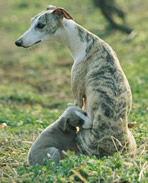 Whippets: A guide to dogs and puppies of the Whippet breed
Whippets: A guide to dogs and puppies of the Whippet breed
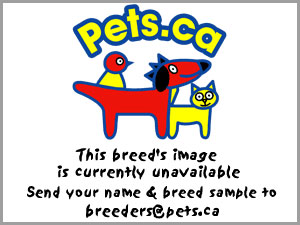 Miniature Bull Terrier
Miniature Bull Terrier
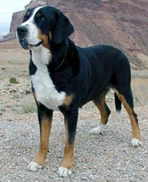 Greater Swiss Mountain Dogs: A guide to dogs and puppies of the Greater Swiss Mountain Dog breed
Greater Swiss Mountain Dogs: A guide to dogs and puppies of the Greater Swiss Mountain Dog breed
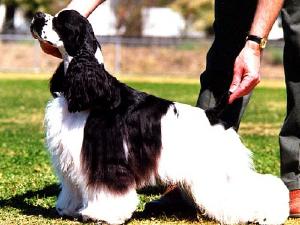 American Cocker Spaniel
American Cocker Spaniel
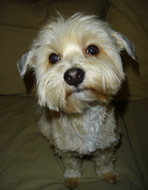 Havaneses: A guide to dogs and puppies of the Havanese breed
Havaneses: A guide to dogs and puppies of the Havanese breed
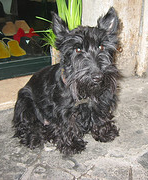 Scottish Terriers: A guide to dogs and puppies of the Scottish Terrier breed
Scottish Terriers: A guide to dogs and puppies of the Scottish Terrier breed
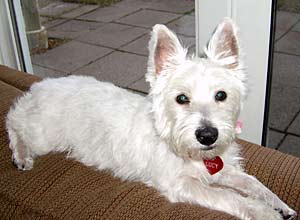 West Highland White Terrier
West Highland
West Highland White Terrier
West Highland
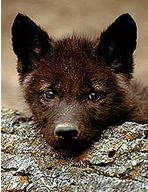 Schipperkes: A guide to dogs and puppies of the Schipperke breed
The Schipperke!
The Schipperke dog is small, with oval brow
Schipperkes: A guide to dogs and puppies of the Schipperke breed
The Schipperke!
The Schipperke dog is small, with oval brow
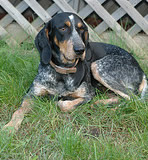 Bluetick Coonhounds: A guide to dogs and puppies of the Bluetick Coonhound breed
The Bluetick Coonhound!
The Bluetick coonhound belongs to t
Bluetick Coonhounds: A guide to dogs and puppies of the Bluetick Coonhound breed
The Bluetick Coonhound!
The Bluetick coonhound belongs to t
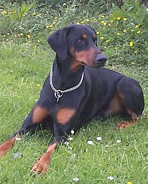 Doberman Pinschers: A guide to dogs and puppies of the Doberman Pinscher breed
The Doberman Pinscher!
The Doberman Pinscher is a combinati
Doberman Pinschers: A guide to dogs and puppies of the Doberman Pinscher breed
The Doberman Pinscher!
The Doberman Pinscher is a combinati
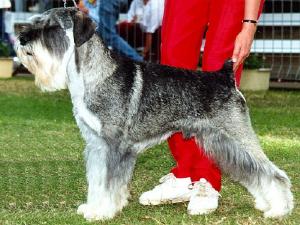 Standard Schnauzer
Standard Schna
Standard Schnauzer
Standard Schna
Copyright © 2005-2016 Pet Information All Rights Reserved
Contact us: www162date@outlook.com